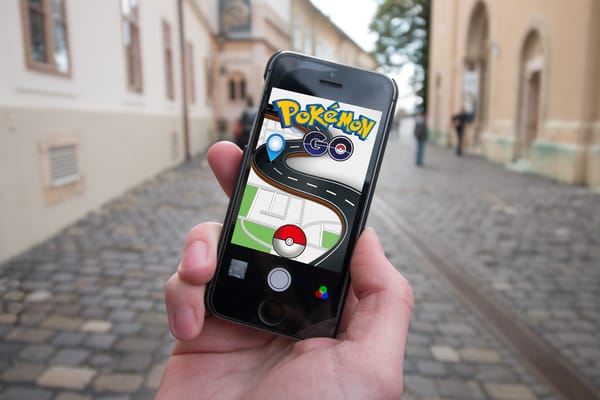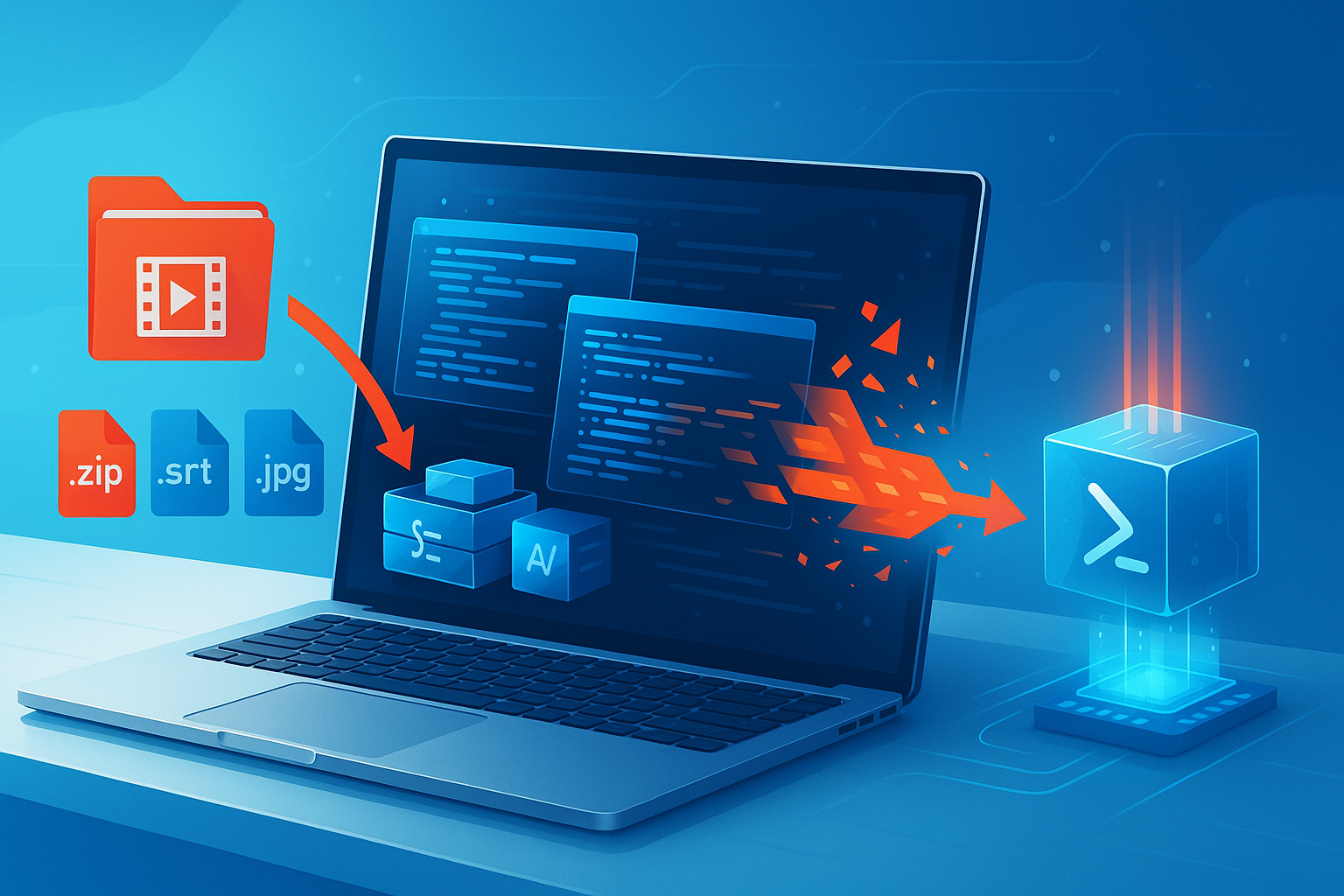What Parents Should Know About Pokémon Go — Yes, Some Kids Still Play It

Pokémon Go might not be as popular as it was when it first launched in 2016, but many kids and teens still enjoy playing it today. When it debuted, the game became an overnight global sensation, drawing in over 232 million players in its peak year. While it lost about 70% of its player base shortly after, interest picked up again around 2018 and has slowly declined since. Still, 55 million people played Pokémon Go in 2023 — including plenty of children and teenagers.
So, what exactly is Pokémon Go? Is it safe for kids to play? And what should you set up before letting your child dive into the game?
What Is Pokémon Go?
Pokémon Go is a free mobile game that's part of the larger Pokémon franchise. It uses your phone's GPS location and augmented reality (AR) to place virtual Pokémon in the real world. As you and your child walk around — whether in your neighborhood, at the park, or even in the supermarket — different types of Pokémon will appear on the screen, depending on your location and the time of day.
The goal? Catch, train, and collect as many Pokémon as possible.
Unlike most mobile games that keep kids glued to the couch, Pokémon Go encourages players to get up and explore the world around them. It's available on both iOS and Android and can be played alone or with friends.
How Does It Work? Is It Safe for Children?
Once the app is downloaded, players create an account and an in-game avatar. The game uses the phone's GPS to show a map of the player's real-world surroundings. Pokémon appear randomly on this map, and players have to walk around to find and catch them.
The game also features "PokéStops" (real-world locations like statues or parks) where players can collect items, and "Gyms" where they can battle other players.
In terms of safety, the game doesn't have traditional chat features, which is a plus. But there are still some important risks and settings to be aware of — especially for younger players.
The Risks Parents Should Know About
Pokémon Go can be a fun way for kids to get outside and stay active, but like any app that blends the online and real world, it comes with some risks — especially for younger players.
- Meeting strangers: Players can run into other people at places called Gyms or PokéStops. While this can be social and even fun, it also opens the door to meeting strangers, and not everyone your child meets will have good intentions.
- Location tracking: The game uses your child's real-time location to work properly. If privacy settings aren't adjusted, this information could be shared with third parties or misused in ways you may not expect.
- Distraction and accidents: Kids can get so caught up in catching Pokémon that they stop paying attention to their surroundings. There have been cases of players walking into traffic, bumping into objects, or wandering into unsafe areas while focused on their screens.
- In-app purchases: Pokémon Go is free to download, but it offers in-game purchases (like "PokéCoins") that can quickly add up if spending isn't limited or supervised.
Related: How to Explain Loot Boxes and In-Game Purchases to Kids
- Group events: Some game activities, like "Raids," involve teaming up with others at real-world locations. These public meetups may not be suitable for children without adult supervision.
Related: The Hidden Dangers of Free Apps and Games for Kids
Privacy and Security Settings to Set Up
Before your child starts playing, take a few minutes to check these settings:
- Set up a Pokémon Trainer Club account: This is more private than logging in with a Google account. It also lets you use parental controls and limit your child's interactions.
- Disable location sharing in other apps: Pokémon Go needs location access, but other apps shouldn't.
- Turn off camera access: Augmented reality is fun, but it's not necessary to play the game. Disabling the camera helps protect your child's surroundings from being accidentally shared.
- Review Niantic's (the game's developer) privacy policy: It's important to know what data is being collected and how it's used.
- Limit who can see your child's nickname and avatar: Avoid using real names or personal info when setting up the account.
How to Protect Your Child While Playing Pokémon Go
Here are a few practical steps to keep the experience safe and fun:
- Play together — especially in the beginning. Walking around with your child helps you see how the game works and where it takes them.
- Set rules for where and when they can play. Avoid busy roads, unsafe neighborhoods, or playing at night.
- Talk about stranger safety. Your child may run into other players in real life. Remind them never to share personal information or go anywhere alone.
- Use screen time settings. Pokémon Go can be addictive. Set limits so that gaming doesn't get in the way of homework, rest, or family time. If you're looking for more support, consider using Bitdefender Parental Control that helps you track internet time, set boundaries, and monitor activity — all without hovering.
- Disable in-app purchases or use a password to approve any purchases to avoid surprise charges.
- Keep their phone updated and protected. Install security software like Bitdefender Mobile Security, which includes anti-theft features and app scanning to prevent malware and unwanted tracking.
Related: 10 Screen Time Rules Every Parent Should Set for a Healthy Digital Balance
tags
Author
Cristina Popov is a Denmark-based content creator and small business owner who has been writing for Bitdefender since 2017, making cybersecurity feel more human and less overwhelming.
View all postsRight now Top posts
Cybercriminals Use Fake Leonardo DiCaprio Film Torrent to Spread Agent Tesla Malware
December 11, 2025
Genshin Impact Scam Alert: The Most Common Tricks Used Against Players
December 05, 2025
How Kids Get Automatically Added Into WhatsApp Groups with Horrific Imagery Without Consent
November 24, 2025
FOLLOW US ON SOCIAL MEDIA
You might also like
Bookmarks









